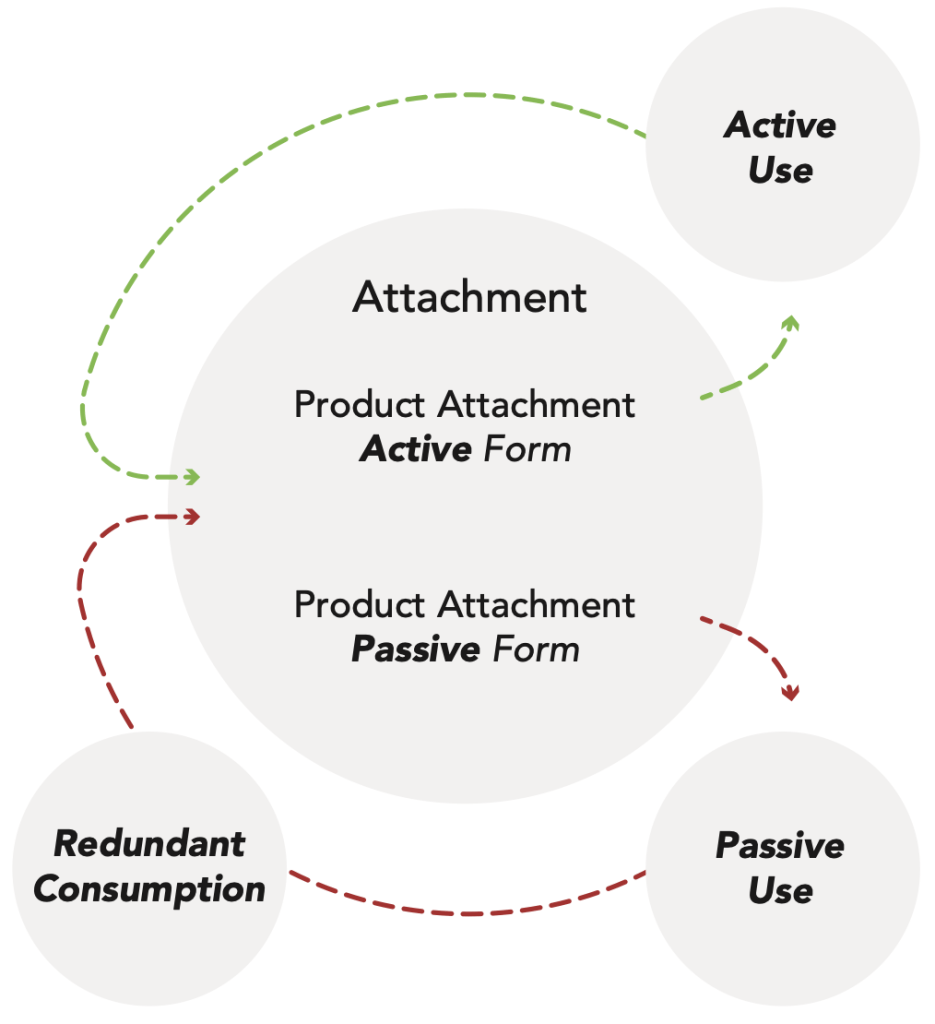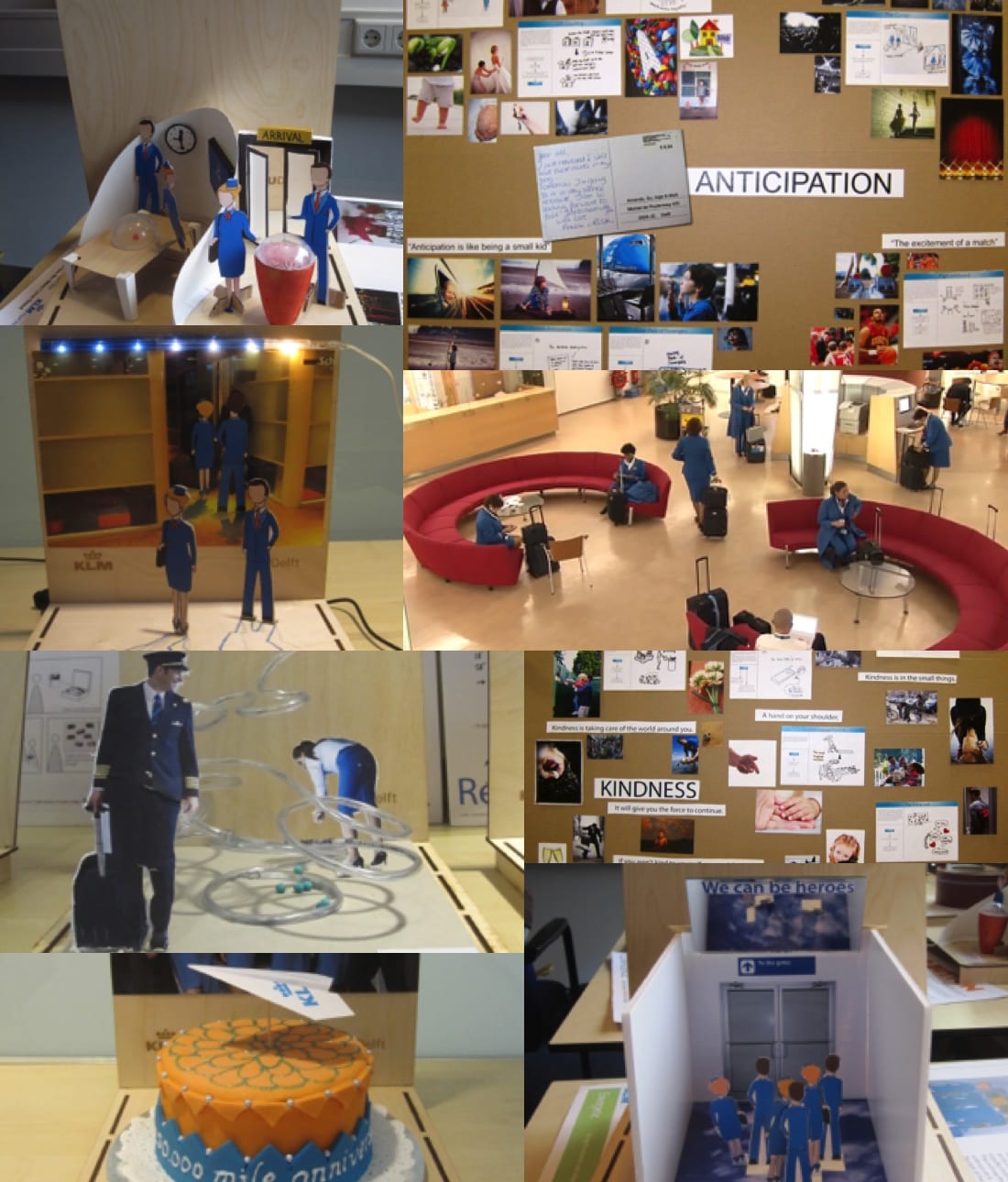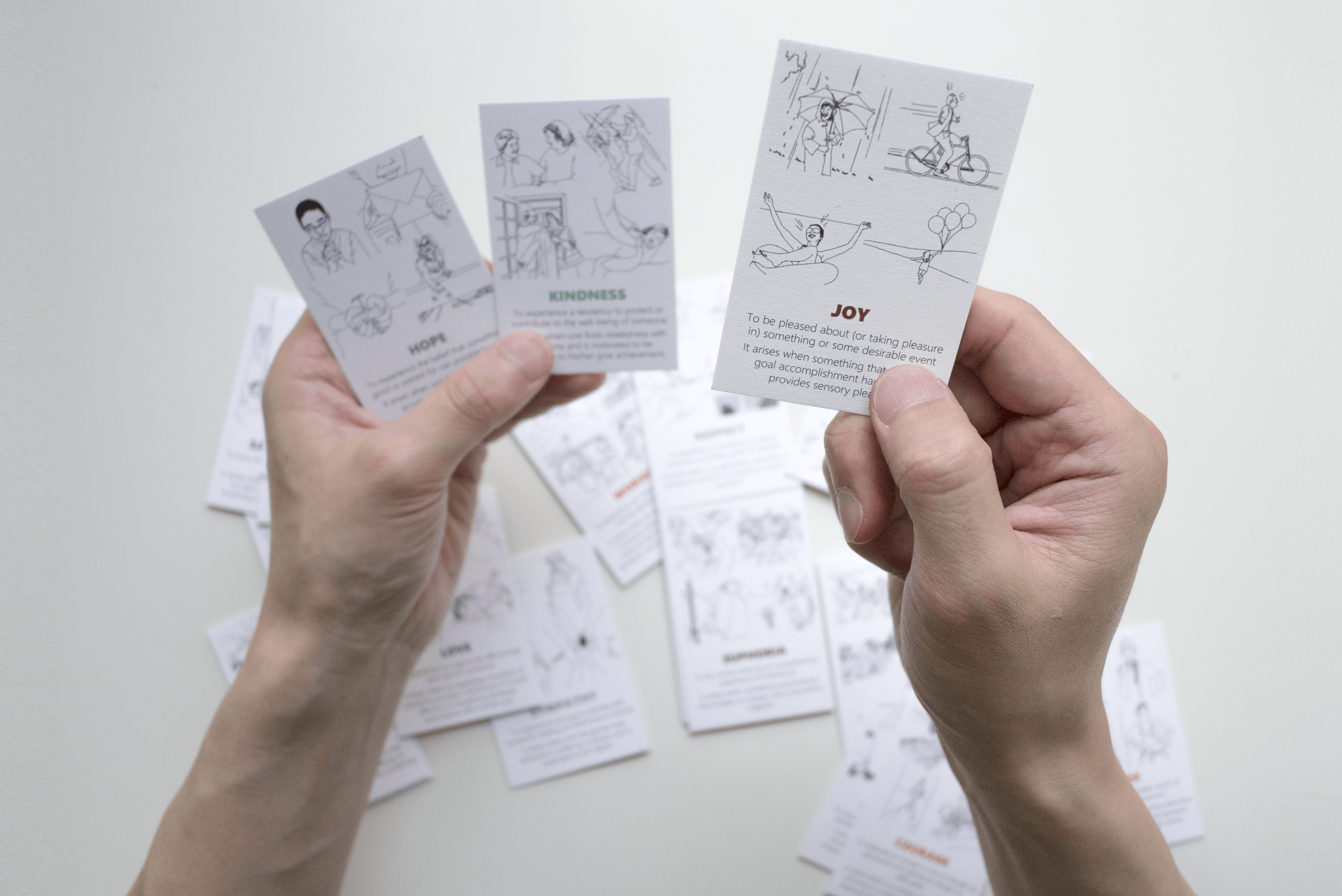
Publication
- Yoon, J. and Kim, C. (2022) Emodiversity in human-product interactions and users’ subjective well-being, International Journal of Human-Computer Interaction.Download
This project investigates the effects of experiencing diverse positive emotions in technology use on users’ well-being, referred to as positive emodiversity. We examined technology’s role in facilitating positive emodiversity and well-being through a questionnaire study (N= 116; 580 example cases), in which three sources of emotions were considered: technology as an object, instrument, or enabler. Further, we evaluated how technology-supported hedonic and eudaimonic pursuits are associated with well-being. A regression analysis showed that increased positive emodiversity leads to increased well-being (p<.001). The effect was predicted by the three sources and both hedonic and eudaimonic pursuits. When engaged in positive activities enabled by technology, users experienced more diverse positive emotions, increasing their well-being. The study offers new understandings of the relationships between technologies, emodiversity, and well-being, and provides evidence that designing for a wide diversity of positive emotions, as opposed to generalized pleasure-displeasure distinction, can enrich users’ experiences, enhancing their well-being.

Research scheme: Positive emodiversity facilitated by technology and its influence on well-being.




